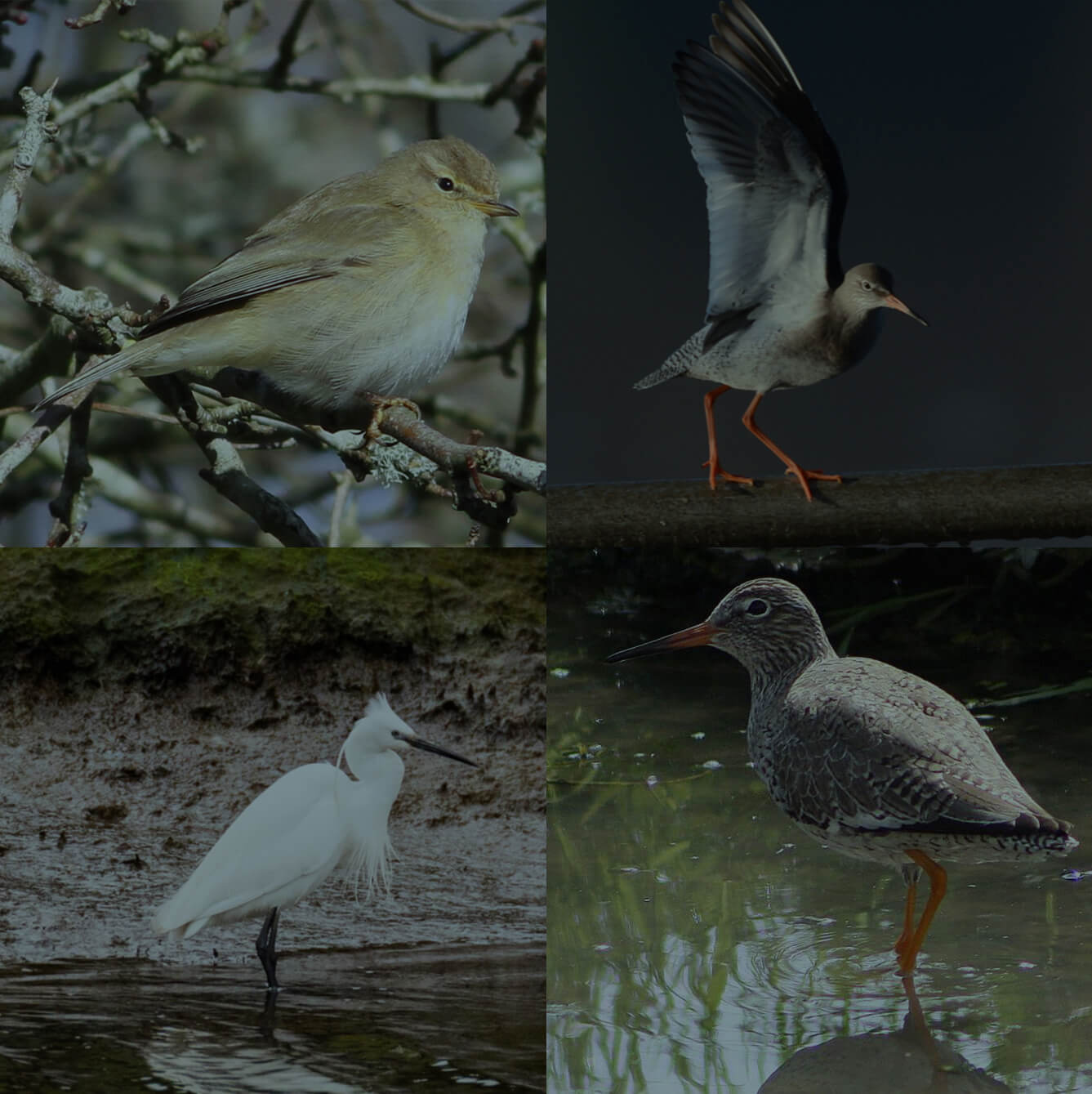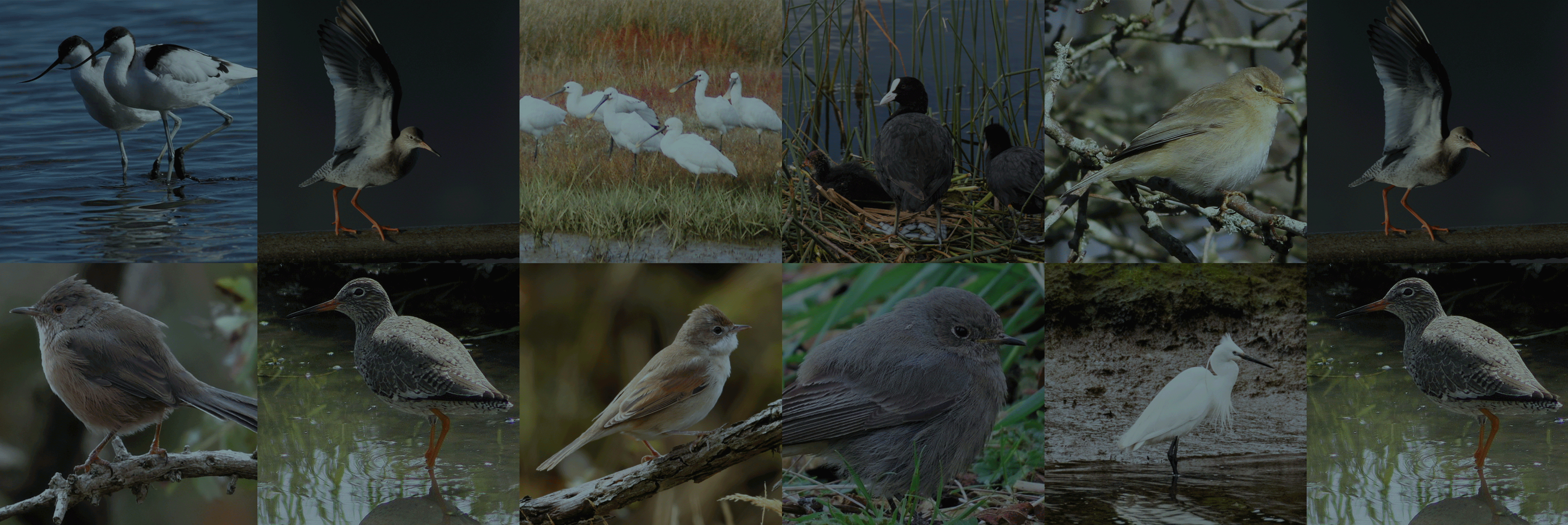Its October, you’re now wearing walking boots and wellies rather than flip-flops and sandals. Fleeces and woolly thick jumpers keep you warm as you stand next to a glowing, crackling bonfire and the leaves tumble past your face as a chilly northerly breeze dislodges the last remnants of summer from the branches of nearly naked trees. No longer are you able to watch the aerial acrobatics of Swallows and Swifts as they’re now back south in an African setting which for many is a whole new experience. But as the famous saying goes, ‘out with old and in with new’, we now soon find new visitors arriving into our countryside and gardens that have ventured down from the north en mass, secretly in the dead of night. Getting your head around ‘winter thrush’s’ can often provide bit of a headache in its self, as there are actually six different species you could encounter by late October. Lets start with the humble Blackbird, a bird you’re all familiar with. Although a common sight right the way through the year, by late October many tens of thousands arrive in from Scandinavia to join our local birds and in the last week of October if you have fruit trees in the garden you could go from seeing two to twenty in a single bush over the course of a weekend. Then there’s the secretly shy Song Thrush, a cryptic bird that likes to keep its self to its self. During the spring the Song Thrush gives it’s self away by its incredibly rich song, however in autumn a single ‘tic’ is all it offers as it fly’s over your garden at first light having also travelled over night in huge numbers from northern Europe. Joining both Blackbird and Song Thrush on their nocturnal travels are two not so familiar visitors that we wouldn’t have seen since last winter. The harsh ‘chack chack chack’ of the Fieldfare and the fine, thin, descending ‘zeeeep’ of the Redwing are a joy to listen to on dark autumn nights as they venture over our houses right the way through the night. Having left the Dutch coastline at dusk, all these thrushes individually navigate their way through the darkness using singular calls to stay in contact with one another until sunrise when they then begin forming large flocks and start following visual landmarks before simply dropping out of the sky to feed. The Ring Ouzel (a blackbird with a crispy white collar) is actually a late migrating summer visitor that will be heading back down to Africa for the winter, but likes to join its Scandinavian cousins for the journey south. And finally, the only non-nocturnal thrush is the Mistle Thrush, which loves to feed on Rowan berries during October in flocks of between 10-50 before dispersing later in the month to areas unknown!
So during October, don’t retreat to warm lounges and comfy sofa’s, get out and herald the welcome arrival of our handsome winter thrush’s. Listen to the below recording that was made on the 29/10/16 over Poole Town centre which allows you to hear the scale of thrush migration on late October nights.
You might also like...
Harbour Update – posted 22/10/24
The fourth Yellow-browed Warbler of the autumn was caught and ringed at Carey Secret Garden ringing station this…
Find out moreHarbour Update – posted 21/10/24
Today was the calm after the storm, with the harbour like a mill pond pretty much all day….
Find out moreCall 01202 641 003
© 2024 Birds of Poole Harbour Registered Charity No. 1152615


